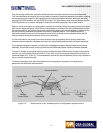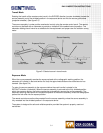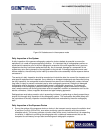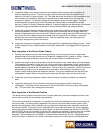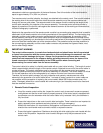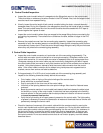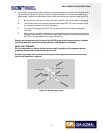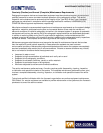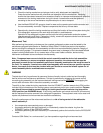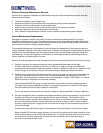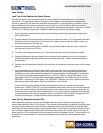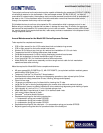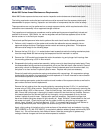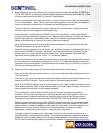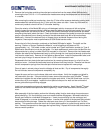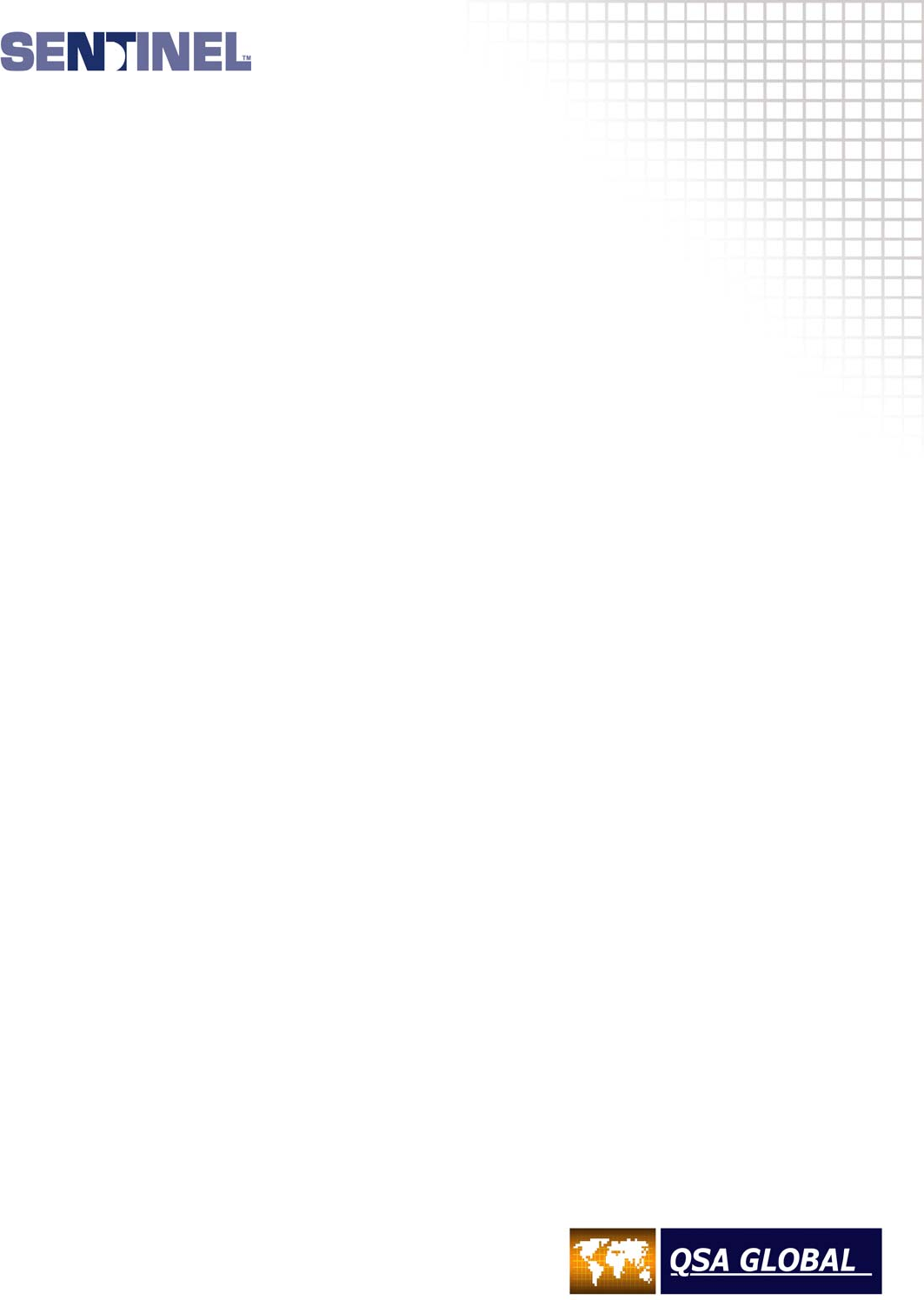
MAINTENANCE INSTRUCTIONS
4.2
Routine (Quarterly) Maintenance Requirements
1 Remote Controls
Disassemble, clean, inspect and maintain the remote control crank, control conduits and control cable
according to the complete service section. Record the results of the inspection and any repairs that
are performed. Any components found to be deficient during the inspection must be removed from
service until repaired or replaced. Deficient components must be labeled with a status indicator to
prevent inadvertent use.
2 Source Guide Tubes
Clean and inspect the source guide tubes in accordance to the “Quarterly and annual maintenance
for source guide tubes” section of this manual. Record the results of the inspection and any repairs
that are performed. All source guide tubes found to be deficient during this inspection must be
removed from service and sent to a service center for repairs. Deficient components must be tagged
with a status indicator to prevent inadvertent use.
3 Radiographic Exposure Device
Clean and inspect the exposure device/transport container for wear and obvious damage. Record any
defects that might affect safe operation of the exposure device or contribute to unsafe transport of the
device in the container. If deficiencies are found during this maintenance, the exposure device must
be removed from service until repairs are accomplished and the results of subsequent operational
tests and inspection are satisfactory. Inspect the radiography system for the following using a
‘satisfactory’ or ‘deficient’ criteria:
a. Survey the surface of the container to ensure the measurable dose/rate is less than
2 mSv/hr (200 mR/hr) and less than 20 µSv/hr (2 mR/hr) at 1 meter (to comply with ANSI/ISO
requirements). Remove the device from service if the dose/rate exceeds these limits. Contact
QSA Global, Inc. for guidance.
b. Ensure the metal identification tags for the radioisotope is legible and securely fastened to the
exposure device. Do not cover the tag with any other labels.
c. Ensure the label containing the device model number, serial number, Type B(U) certification
number (or Type A specification identification) and the trefoil with the warning ‘Caution or Danger,
Radioactive Material’ is legible from a distance of 3 ft (approximately 1 m) and securely fastened
to the container. Do not cover the required warnings with any other labels. Ensure the labels
applied for transportation are legible.
d. Check the welded stainless steel end plates of the exposure device for weld failure (cracks, etc.)
behind the back plate (locking mechanism) or the front plate (outlet port). Ensure the handle, the
bottom contact surfaces and the sides comprising the plastic jacket of the exposure device are
intact. Check the bottom contact surfaces of the jacket to ensure the contact area is not
excessively worn allowing contact of the stainless steel body with the work surface. If any
deficiencies are found during this inspection, repairs can be accomplished at a QSA Global
service center.
e. Check the outlet port for proper function by attaching and removing a source guide tube. The
operation should be smooth and resistance free. If there is any resistance or ‘crunchy’ feeling
noticed during attachment or removal of the source guide tube or during movement of the outlet
port cover, this indicates excessive amounts of sand or dirt within the mechanism. The outlet port
mechanism must be removed, cleaned and lubricated according to the complete service
instructions.



